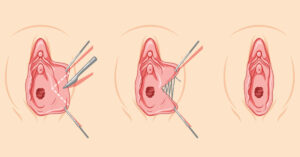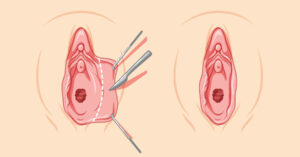The term “vaginoplasty” often arises in medical, cosmetic, and gender-affirming contexts. At its core, vaginoplasty surgery is a reconstructive or aesthetic procedure designed to either create, restore, or enhance the vaginal canal. Patients seek it for different reasons, ranging from medical reconstruction after trauma or congenital conditions to gender-affirming care for transgender women, or cosmetic and functional improvements for those wishing to regain vaginal firmness after childbirth.
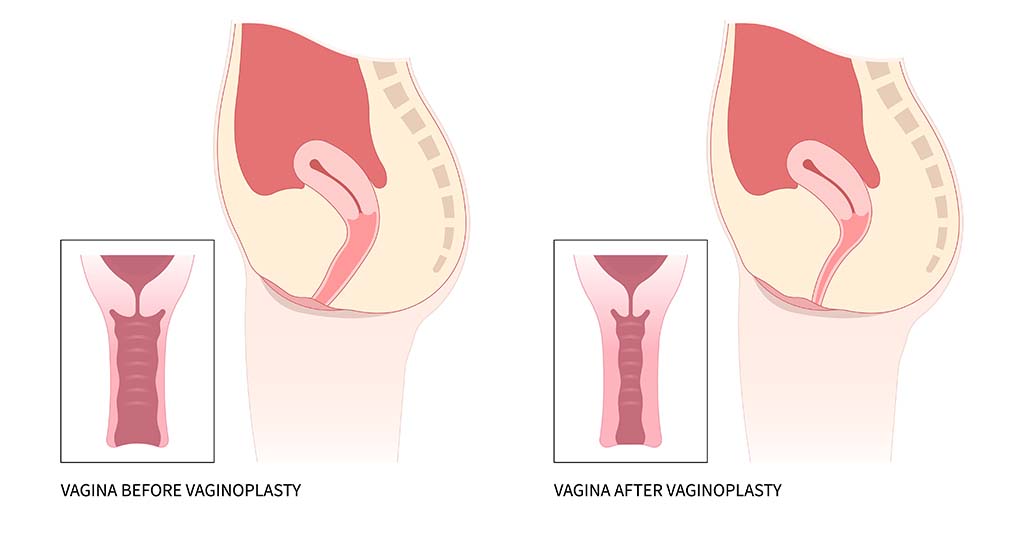
This article explores the meaning and types of vaginoplasty, how the vaginoplasty procedure is performed, expected recovery, possible risks, and what patients can realistically anticipate regarding vaginoplasty results.
What Is Vaginoplasty? A Scientific Overview
In medical terms, vaginoplasty surgery involves the surgical reconstruction or creation of a vaginal canal. It may serve multiple purposes:
- Reconstructive: For women with congenital conditions such as Mayer-Rokitansky-Küster-Hauser (MRKH) syndrome, where the vaginal canal is absent or underdeveloped.
- Post-trauma/Oncology: For patients who require vaginal reconstruction after cancer treatments, trauma, or childbirth-related injuries.
- Gender-Affirming: For transgender women, where the procedure creates a functional and aesthetic vaginal canal.
- Cosmetic/Functional: For women experiencing laxity, aesthetic dissatisfaction, or discomfort, where vaginal rejuvenation often includes surgical tightening through vaginoplasty.
Thus, vaginoplasty’s meaning encompasses a wide spectrum, ranging from restorative to transformative applications.
Types of Vaginoplasty
There are several types of vaginoplasty depending on the patient’s goals and underlying conditions:
- Penile Inversion Vaginoplasty – The most common method in gender-affirming surgery, where penile and scrotal tissue is used to construct the vaginal canal.
- Intestinal Vaginoplasty – Uses a segment of the intestine to create a self-lubricating vaginal canal, often chosen when additional tissue is required.
- Skin Graft Vaginoplasty – Utilizes skin grafts to line the neovagina.
- Reconstructive Vaginoplasty for Women – Applied after trauma, congenital anomalies, or cancer surgery.
- Cosmetic Vaginoplasty for Women – Performed to tighten the vaginal canal or improve external genital aesthetics.
Each of these types of vaginoplasty has unique benefits, limitations, and implications for long-term outcomes.
How Does Vaginoplasty Work for Vaginal Rejuvenation?
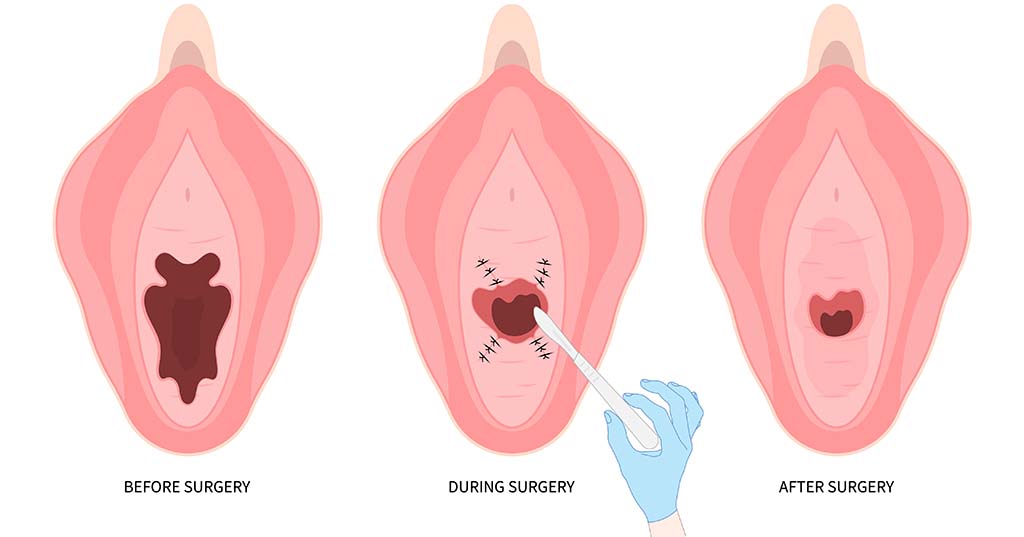
In the context of women’s health, vaginoplasty surgery can restore tightness, improve vaginal function, and enhance aesthetics for those experiencing changes after childbirth, aging, or trauma. Unlike non-surgical tightening treatments, surgical vaginoplasty provides long-lasting outcomes by directly repairing and tightening underlying muscular and soft tissue structures of the vaginal canal1.
Preoperative Evaluation

Before undergoing a vaginoplasty procedure, patients meet with their surgeon for a comprehensive evaluation. This includes:
- Physical examination of the vaginal tissues and pelvic floor support.
- Discussion of goals, such as whether the patient wants to improve laxity, restore firmness, or address sexual function concerns.
- Medical history review, particularly childbirth history, menopause status, or prior pelvic surgeries.
- Psychological readiness, ensuring patients have realistic expectations about the procedure and its outcomes.
This step ensures that vaginoplasty for women seeking rejuvenation is tailored to their anatomy and personal goals.
Anesthesia and Duration
Vaginoplasty surgery is typically performed under general anesthesia. When performed for vaginal rejuvenation, the surgery usually takes 1–2 hours, shorter than gender-affirming or major reconstructive cases, which can take several hours.
Surgical Technique for Vaginal Rejuvenation
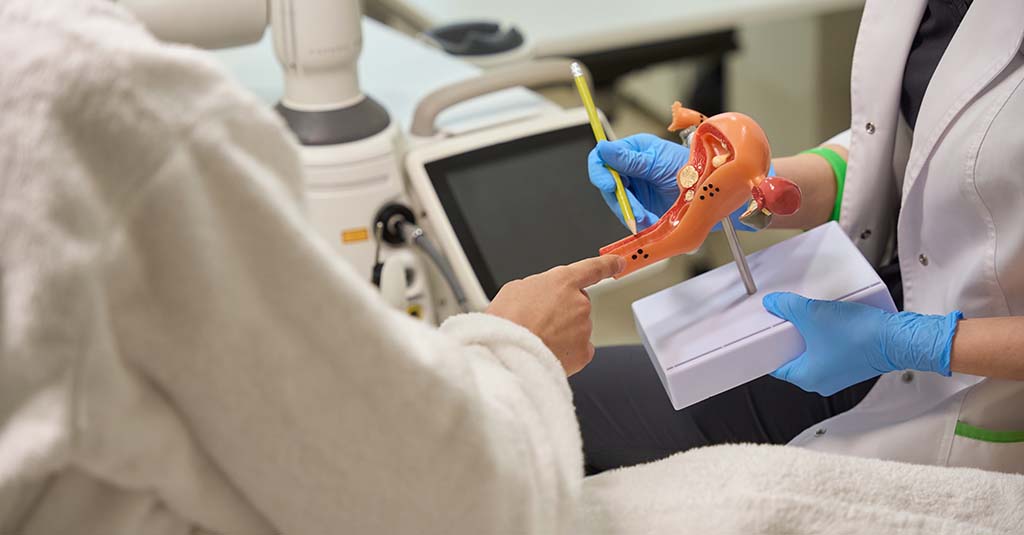
While gender-affirming procedures may use penile inversion or intestinal grafting, cosmetic vaginoplasty for women seeking rejuvenation focuses on repairing and tightening the vaginal canal. The process involves:
- Tissue tightening: The underlying vaginal muscles, stretched or weakened after childbirth or aging, are sutured together to narrow and strengthen the canal.
- Excess mucosa removal: Loose vaginal lining may be trimmed to improve both function and appearance.
- Perineal reinforcement: The area between the vagina and anus (perineum), often weakened during childbirth, can be reconstructed to restore pelvic support.
- Optional combination: Some patients combine vaginoplasty with labiaplasty for enhanced external aesthetics.
For those wondering what a vaginoplasty looks like afterward, the surgeon aims to create a natural, symmetrical appearance while restoring vaginal tightness and tone.
Recovery and Healing
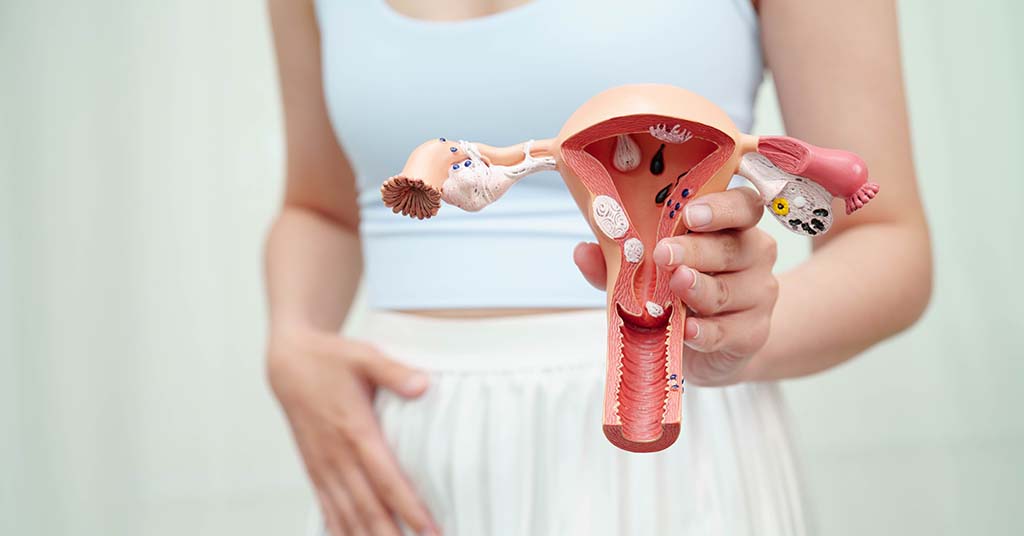
Proper healing after a vaginoplasty procedure requires strict adherence to recovery protocols:
- Hospital stay: Often outpatient or 1 day for cosmetic rejuvenation cases.
- Pain and swelling: Most noticeable in the first 1–2 weeks, typically managed with oral medications.
- Restrictions: Patients must avoid intercourse, tampon use, and strenuous activities for 6–8 weeks.
- Healing timeline: Initial recovery is achieved in about 4–6 weeks, with most women resuming light activities within 2–3 weeks, though complete healing and optimal results take several months.
Unlike gender-affirming vaginoplasty, dilation protocols are not typically required for vaginal rejuvenation since the native vaginal canal is preserved.
Risks and Safety Considerations
Even when performed for rejuvenation, vaginoplasty surgery carries risks, though serious complications are rare in the hands of an experienced surgeon. Potential issues include:
- Infection or delayed wound healing.
- Excessive scarring or narrowing (stenosis).
- Changes in sensation, either heightened or reduced.
- Discomfort during intercourse if healing is incomplete.
Choosing a board-certified gynecological or cosmetic surgeon with expertise in vaginoplasty for women significantly reduces these risks and improves safety.
Results and Patient Outcomes
When performed for rejuvenation, the vaginoplasty result is typically a firmer, narrower vaginal canal with improved muscular tone. Outcomes include:
- Enhanced vaginal tightness, often leading to increased sexual satisfaction.
- Aesthetic improvements, with tissues appearing more youthful and symmetrical.
- Restored confidence, particularly for women seeking to regain vaginal firmness after childbirth.
- Long-lasting effects compared to non-surgical vaginal tightening treatments.
For patients asking what vaginoplasty looks like post-healing, results generally appear natural, with no visible external scarring. Studies on cosmetic vaginal surgery have reported high satisfaction rates, with most women reporting improved quality of life and confidence after the procedure2.
Is Vaginoplasty Right for Vaginal Rejuvenation?
For women considering vaginal rejuvenation, the vaginoplasty procedure offers the most definitive and long-lasting results. Unlike temporary or non-invasive options, vaginoplasty surgery repairs the muscular support and soft tissue structures, producing both functional and aesthetic benefits.
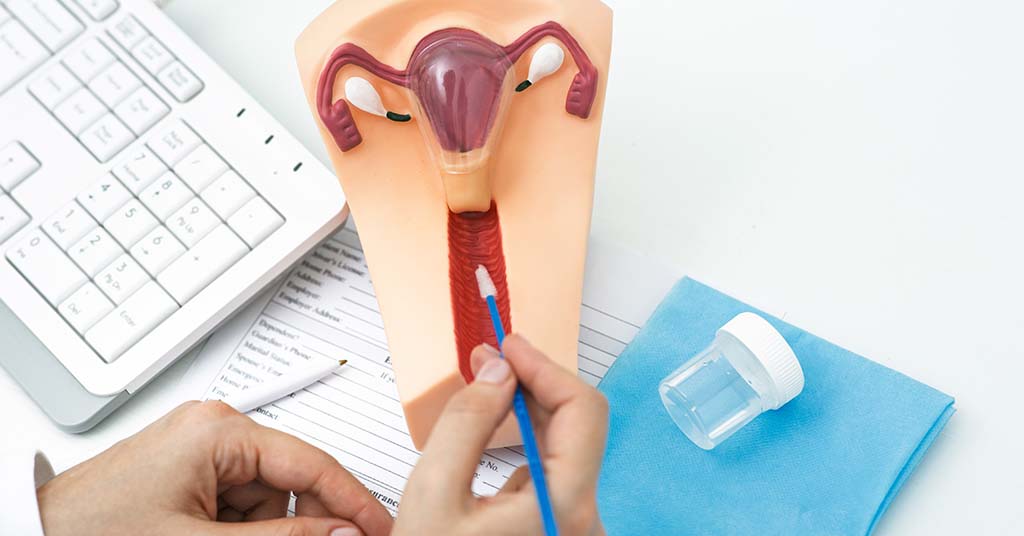
With proper preoperative planning, surgical expertise, and attentive recovery care, patients can expect a successful vaginoplasty result that restores both confidence and physical comfort.
Cost and Accessibility of Vaginoplasty Surgery
The cost of a vaginoplasty procedure varies widely, with cosmetic vaginoplasty for women typically starting at around $5,000 at reputable clinics when performed by highly experienced cosmetic gynecological surgeons.
However, several factors influence the final cost, including surgeon expertise, geographic location, hospital fees, and whether additional grafts or revisions are required.
Alternatives to Vaginoplasty for Women
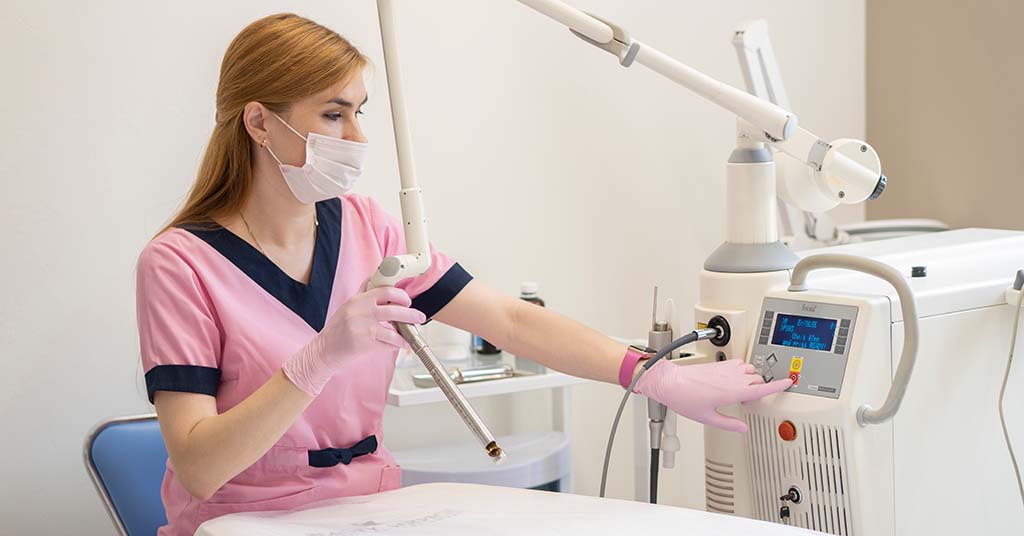
Not all patients require vaginoplasty for women to achieve functional or aesthetic improvements. Alternatives include:
- Laser or Radiofrequency Vaginal Rejuvenation: Non-surgical methods to enhance collagen and improve tightness.
- Pelvic Floor Therapy: Effective for women experiencing functional laxity.
- Labial or Clitoral Hood Procedures: For external aesthetic concerns.
However, when structural reconstruction is needed, vaginoplasty surgery remains the gold standard.
FAQs on Vaginoplasty
What is vaginoplasty?
Vaginoplasty refers to a surgical procedure designed to create, reconstruct, or tighten the vaginal canal. It can be performed for medical reasons, such as congenital conditions or post-trauma repair, as part of gender-affirming surgery, or as a cosmetic option for women seeking vaginal rejuvenation to improve function, aesthetics, or sexual satisfaction.
How does vaginoplasty work?
How vaginoplasty works depends on the patient’s needs and the chosen technique. For rejuvenation, it usually involves tightening stretched vaginal muscles and removing excess tissue. In reconstructive or gender-affirming cases, it may use inversion, grafts, or intestinal tissue. The goal is to restore function, sensation, and appearance while ensuring long-term durability.
What does a vaginoplasty look like?
Patients often ask what vaginoplasty results look like after healing. While outcomes vary, surgeons strive for a natural, symmetrical appearance of the vulva and canal. The final result typically restores or enhances both form and function, with improved firmness, aesthetics, and, in many cases, increased confidence and satisfaction with intimate experiences.
Is vaginoplasty painful?
Like any surgery, the vaginoplasty procedure is associated with discomfort during recovery. Patients usually experience swelling and soreness in the first few weeks. Pain is managed effectively with prescribed medications, and most women report steady improvement within days. With proper care, pain levels decline significantly, allowing a gradual return to normal activities over several weeks.
Can vaginoplasty help me regain vaginal firmness after childbirth?
Yes. Cosmetic vaginoplasty for women is often chosen to regain vaginal firmness after childbirth, where natural stretching can lead to laxity and reduced tone. By surgically tightening the muscles and surrounding tissue, the procedure enhances tightness, restores function, and often improves sexual satisfaction. Non-surgical options exist, but surgery offers longer-lasting results in moderate to severe cases.
Restoring Confidence and Function with Vaginoplasty
Vaginoplasty surgery is a complex yet highly rewarding procedure, offering functional restoration, gender affirmation, or cosmetic enhancement. Understanding the vaginoplasty meaning, the different types of vaginoplasty, and realistic vaginoplasty result expectations helps patients make informed decisions. Whether seeking vaginoplasty for women or exploring gender-affirming care, consulting with a board-certified surgeon ensures the safest path to optimal outcomes.
References
- Cheng, C., Cao, Y., Ma, S. X., Cheng, K. X., Zhang, Y. F., & Liu, Y. (2021). The strategy for vaginal rejuvenation: CO2 laser or vaginoplasty? Annals of Translational Medicine, 9(7), 604. https://doi.org/10.21037/atm-20-5655
- Goodman, M. P. (2011). Female genital cosmetic and plastic surgery: A review. The Journal of Sexual Medicine, 8(6), 1813–1825. https://doi.org/10.1111/j.1743-6109.2011.02254.x


